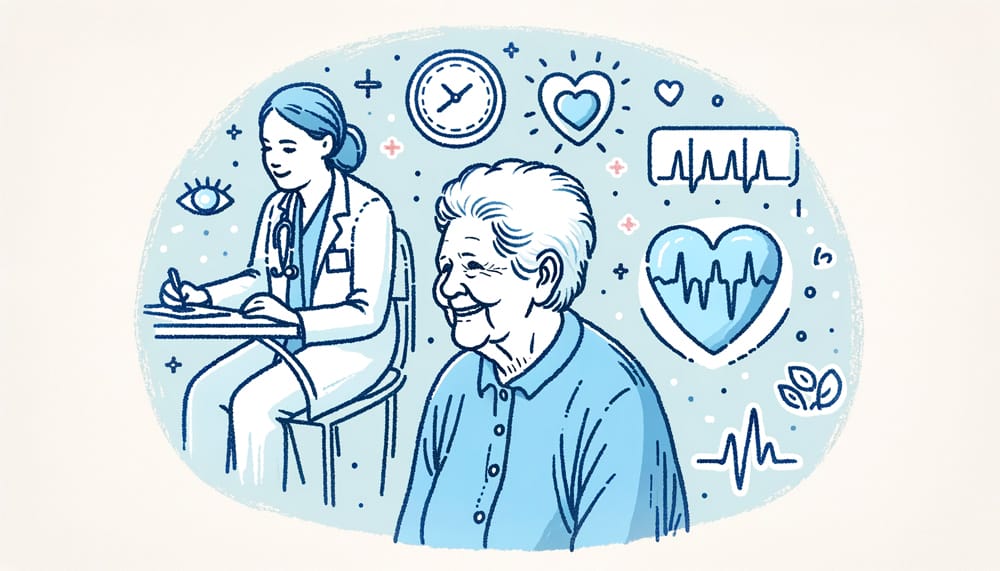The Impact of Aging on Heart Rate Variability
Aging brings about profound changes in heart rate variability (HRV), offering a window into the health and functioning of the aging autonomic nervous system. This extensive exploration examines the effects of aging on HRV and its implications for elderly health and wellness.
As we age, the balance between the sympathetic and parasympathetic branches of the autonomic nervous system, as measured by HRV, undergoes significant changes. These alterations can affect a wide range of physiological processes, including heart health, stress response, and overall resilience. By studying HRV in the context of aging, researchers can uncover valuable insights into these physiological changes, paving the way for improved health interventions and aging strategies.
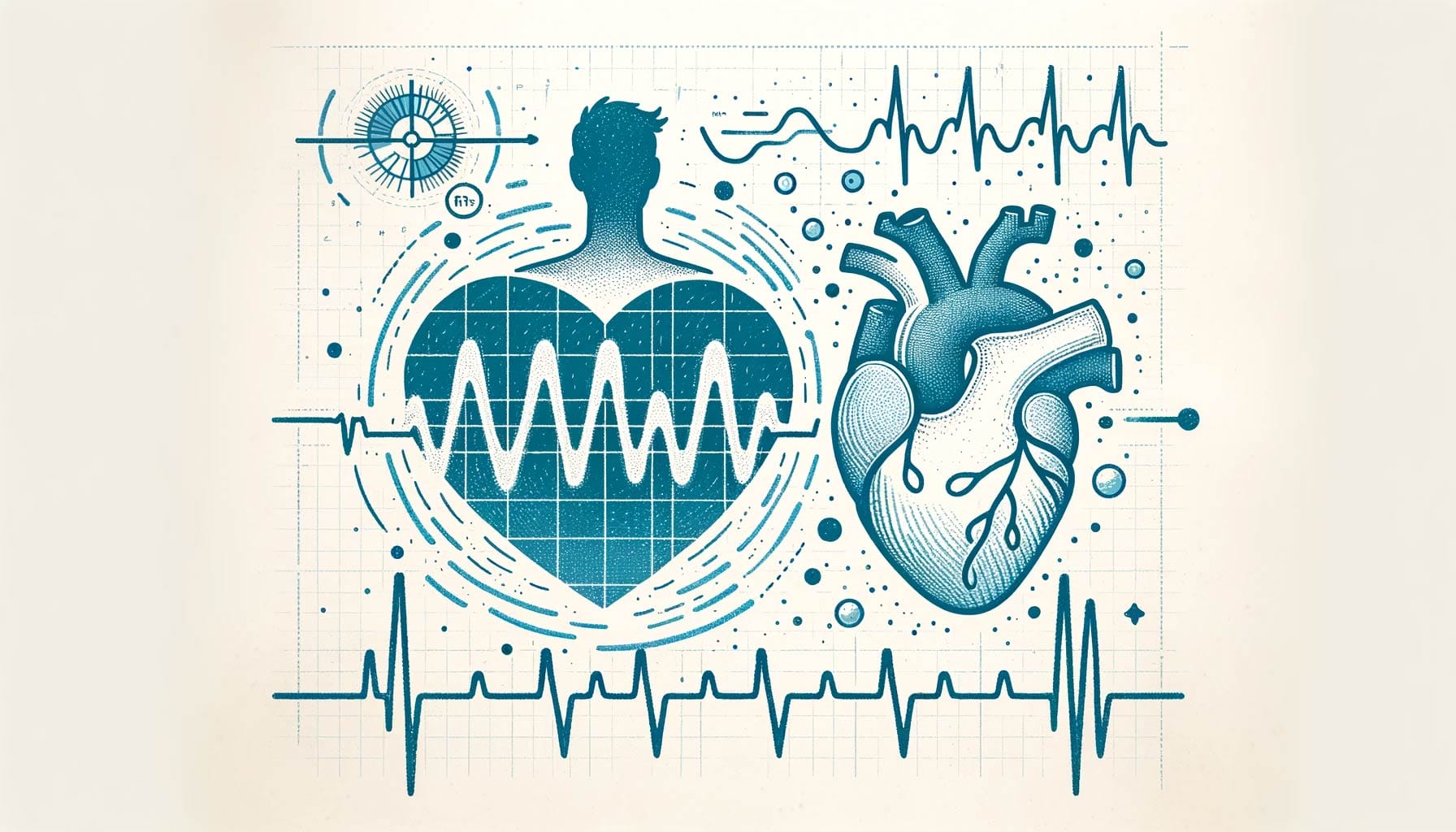
Variations in HRV with age are not merely numerical changes; they are indicators of how well the body adapts to the challenges of aging. A decline in HRV can signal reduced adaptability and resilience, potentially leading to increased risks for various health conditions. Understanding these HRV patterns can help in identifying early signs of health deterioration and in implementing proactive measures to maintain health and quality of life in older adults.
“As the years unfold, heart rate variability becomes a telling indicator of the aging autonomic nervous system, echoing the subtleties of health and adaptability in our later chapters of life.”
In the realm of geriatric research, HRV serves as a crucial biomarker. It provides a non-invasive means to assess the physiological impact of aging, offering a more nuanced understanding of health beyond what conventional metrics can reveal. This understanding is critical in designing age-appropriate health interventions and in promoting healthy aging practices.
For an introduction to the fundamental aspects of HRV, consider revisiting our Ultimate Guide to Heart Rate Variability.
HRV as a Marker of Biological Aging
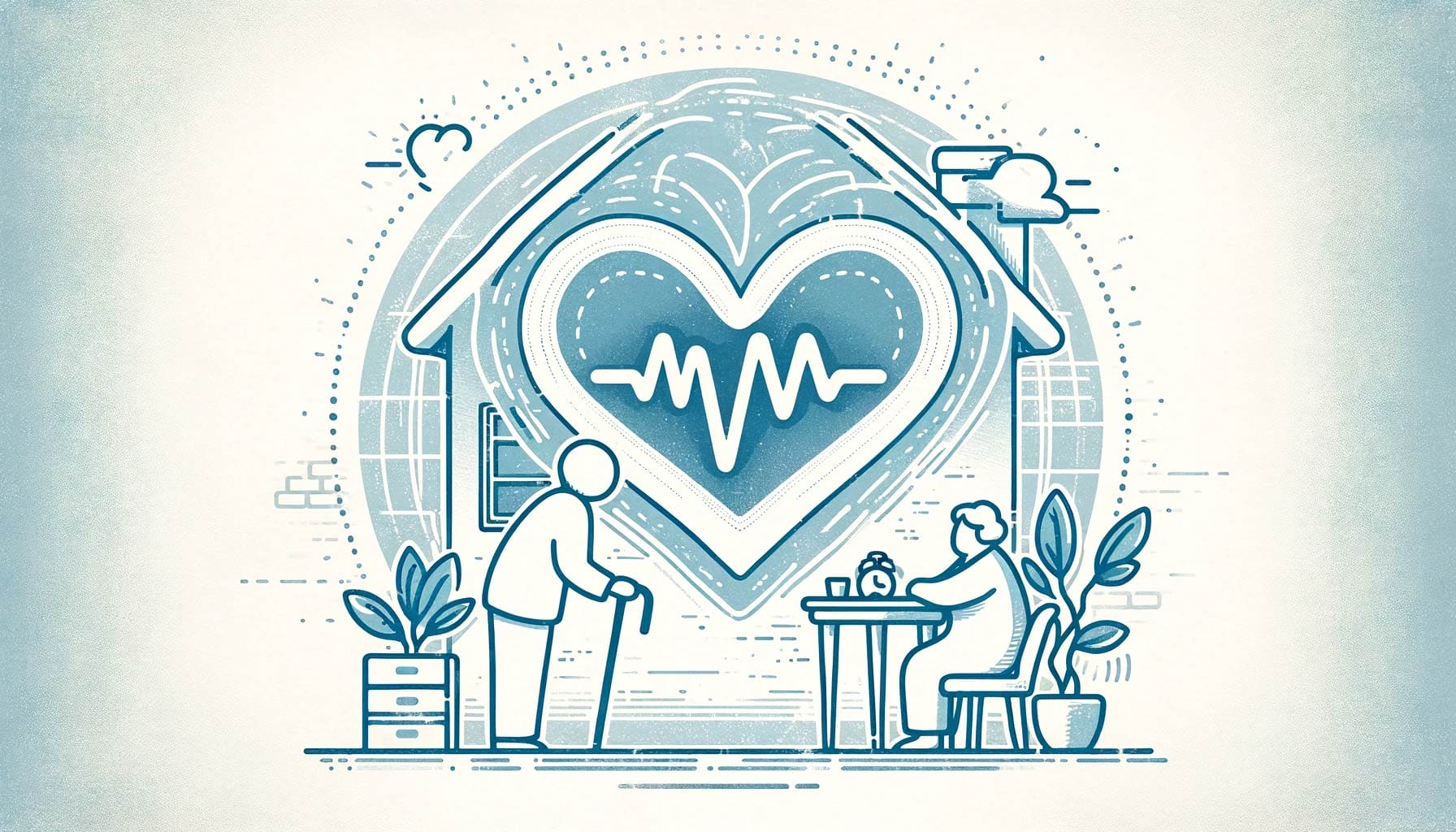
HRV has gained recognition as an important biomarker in the study of biological aging. It goes beyond assessing chronological age by offering insights into the physiological age of the cardiovascular and autonomic systems. Typically, lower HRV is associated with advanced biological aging, correlating with an increased risk of age-related health issues. Explore the essential role of heart rate variability in cardiology for heart health in our informative article, “HRV in Cardiology: A Vital Tool for Heart Health“.
Geriatric research increasingly relies on HRV to assess and monitor the health status of older adults. It serves as a tool to evaluate the impact of various interventions aimed at enhancing cardiovascular health and autonomic function in the elderly. These interventions often include lifestyle modifications, physical activity programs, and dietary changes, all designed to improve HRV and, consequently, overall health and resilience. Learn about the vital link between heart rate variability and nutrition in our insightful article, “HRV and Nutrition: Exploring the Heart-Gut Connection“.
“HRV in the study of aging offers a roadmap, charting the course of physiological changes and guiding interventions for healthier aging.”

HRV’s role in gauging the effectiveness of these interventions is invaluable. It provides objective data that can help in fine-tuning health programs and in identifying the most beneficial practices for elderly individuals. Through HRV analysis, researchers can determine how different approaches impact physiological aging, guiding the development of more effective age-specific health strategies.
Furthermore, HRV can help in identifying elderly individuals who may be at a higher risk of health deterioration. By monitoring changes in HRV, clinicians can detect early signs of declining health and intervene proactively. This early intervention can be crucial in preventing the onset of more serious health conditions and in maintaining a higher quality of life.
HRV and Cardiovascular Health in the Elderly
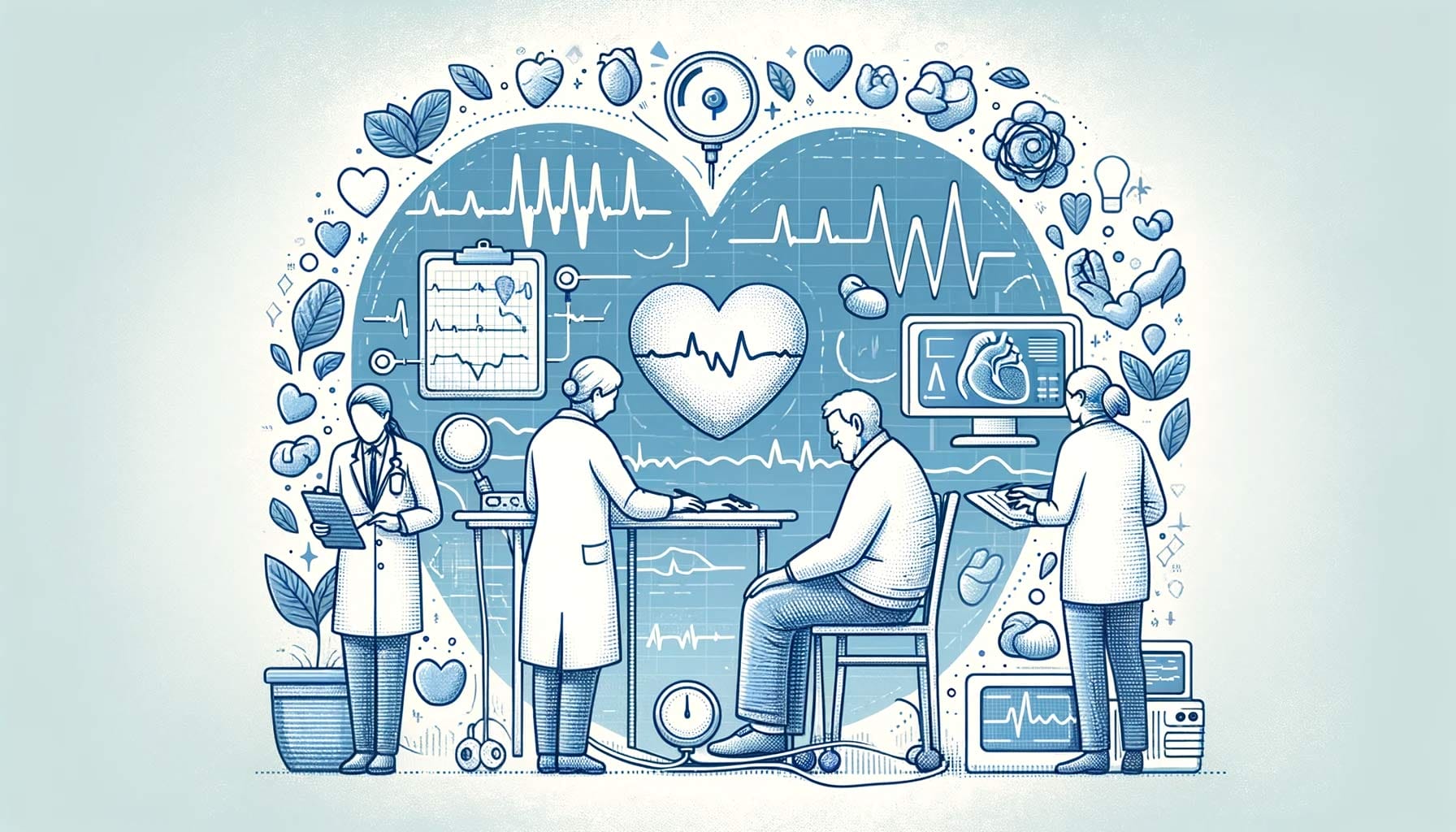
Cardiovascular health is a major concern in the elderly, and HRV plays a pivotal role in its assessment and management. A decline in HRV is often indicative of reduced cardiovascular resilience, potentially signaling a higher risk of cardiac events and other health issues.
In geriatric cardiology, HRV is utilized not just as a diagnostic tool but also as a means to monitor the effectiveness of cardiovascular treatments. This application is particularly important, as it allows for personalized care tailored to the unique physiological needs of older adults. By observing changes in HRV, clinicians can gauge how well patients respond to treatments such as medication, lifestyle interventions, and rehabilitative therapies. Gain insights into how drugs affect heart rhythms by reading our informative article, “HRV and Pharmacology: Drug Effects on Heart Rhythms“.
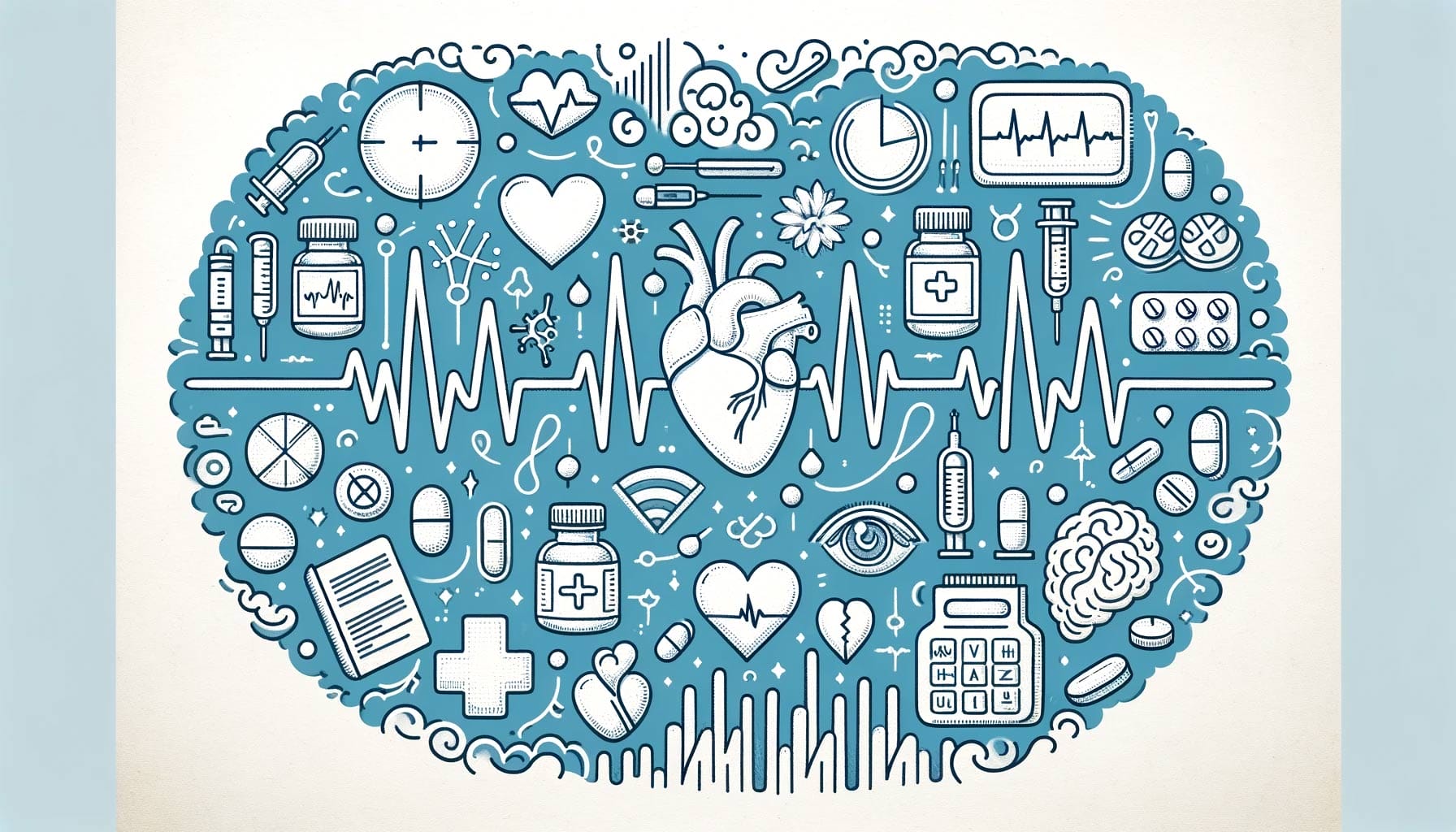
The use of HRV in this context extends to preventive measures as well. By monitoring HRV, clinicians can identify individuals who may be at risk of developing cardiovascular issues, even before symptoms become apparent. This proactive approach can lead to early interventions, such as lifestyle modifications or preemptive treatments, which can significantly improve health outcomes and reduce the risk of severe cardiac events. Explore innovative approaches in chronic pain management with heart rate variability in our article, “HRV and Chronic Pain Management: A New Perspective“.
“Monitoring the heart’s subtle language through HRV is key to safeguarding the cardiovascular health of our elderly population.”
HRV also plays a role in managing and adjusting ongoing treatments. In cases where medications or therapies need to be fine-tuned, HRV data can provide crucial feedback on their effectiveness. This feedback is essential for ensuring that treatments are not only effective but also safe for elderly patients, minimizing the risk of adverse effects.
For a comprehensive understanding of HRV’s role in cardiovascular health, the article HRV in Cardiology: A Vital Tool offers a deep dive into its applications and benefits in this field.
Stress, Resilience, and Aging: Insights from HRV
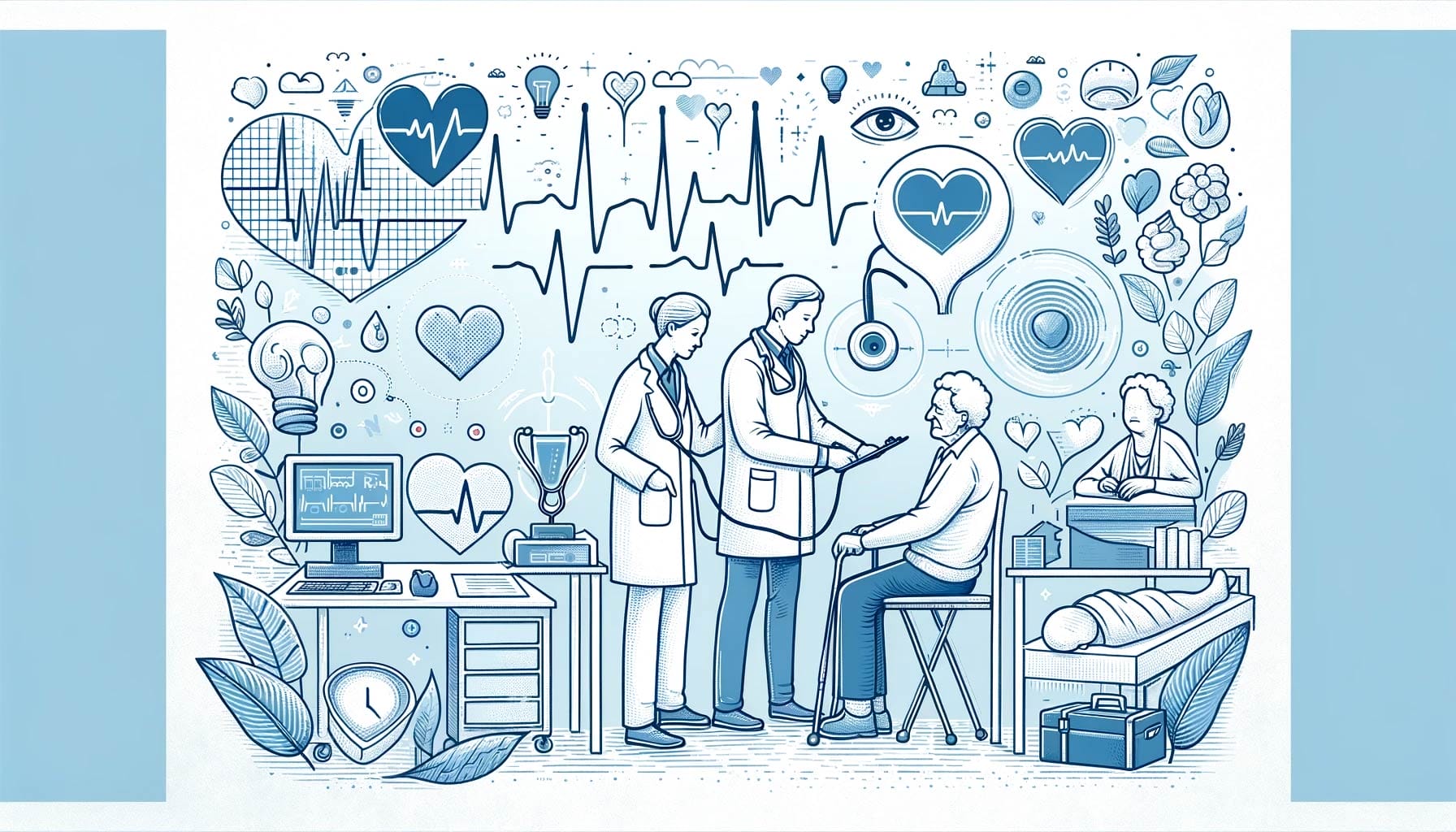
The aging process significantly impacts how individuals respond to stress, with implications for both mental and physical health. HRV offers a quantifiable measure of stress resilience, providing insights into the elderly’s capacity to handle psychological and environmental stressors.
“HRV in the elderly offers a glimpse into the resilience of the heart and mind, shaping our approach to managing stress in the golden years.”
Research utilizing HRV has indicated that higher levels of resilience, as denoted by higher HRV, are linked to better health outcomes in older adults. This link underscores the importance of incorporating stress management strategies into geriatric care. Effective stress management can enhance HRV, which in turn can lead to improved health and well-being. Discover key strategies for stress management and recovery through heart rate variability in our concise article, “HRV in Stress Management and Recovery“.

In geriatric populations, stress can manifest in various forms, from psychological stress due to life transitions and loss, to physiological stress caused by chronic health conditions. HRV analysis helps in identifying individuals who may be more vulnerable to the adverse effects of stress. By recognizing these vulnerabilities, caregivers and healthcare professionals can develop targeted interventions to bolster resilience and improve overall health. The comprehensive impact of stress and the importance of recovery is further explored in HRV and Mental health: Beyond Stress and Anxiety, which delves into how HRV can guide overall wellness strategies.
Furthermore, HRV provides a means to evaluate the effectiveness of stress management interventions. Techniques such as relaxation therapies, mindfulness practices, and gentle physical activities can positively impact HRV. By monitoring HRV before and after implementing these interventions, clinicians can assess their impact and make necessary adjustments to maximize their benefits. Explore the significance of heart rate variability in psychological research and its impact on mental health in our article, “The Role of HRV in Psychological Research: Uncovering Mental Health Insights“.
The Future of HRV Research in Geriatrics
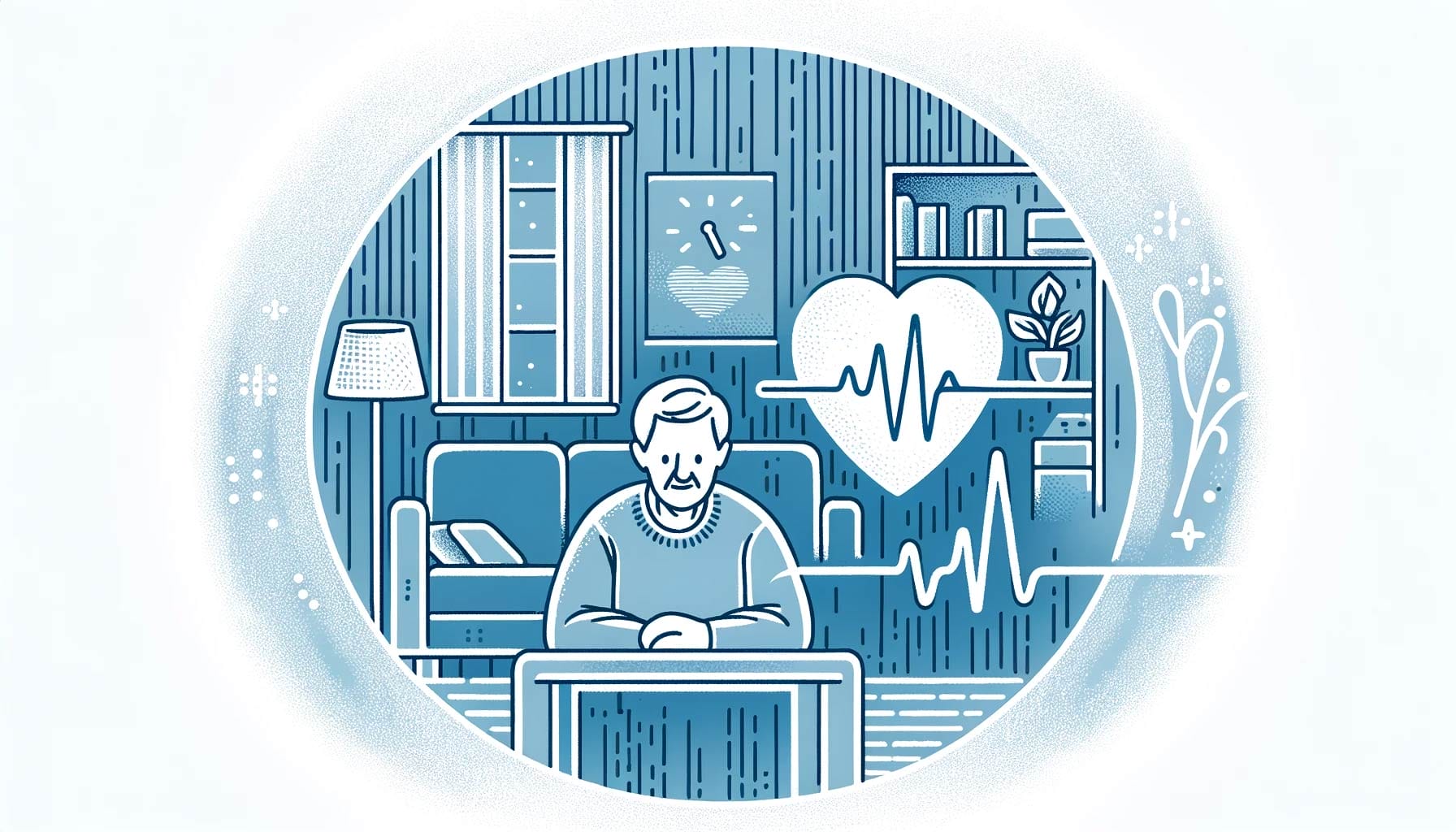
The field of HRV research in geriatrics is continually evolving, driven by advancements in technology and a deeper understanding of aging. Future research is set to explore more comprehensively the relationship between HRV and various aspects of aging, including cognitive function, mobility, and quality of life.
“In the evolving realm of geriatric research, heart rate variability emerges as a pivotal tool, weaving together the diverse threads of cognitive health, mobility, and life’s quality in the golden years.”
One promising area of future research is the application of HRV in cognitive aging. Studies are increasingly looking at how changes in HRV might correlate with cognitive decline or the progression of neurodegenerative diseases like Alzheimer’s and Parkinson’s. This research could lead to early detection methods and more effective management strategies for these conditions. Explore the intricate relationship between heart rate variability and cognitive functions, as well as its applications in neurological research, in our article titled “Heart Rate Variability in Cognitive Function and Neurological Research“, delving into cutting-edge insights in this evolving field.
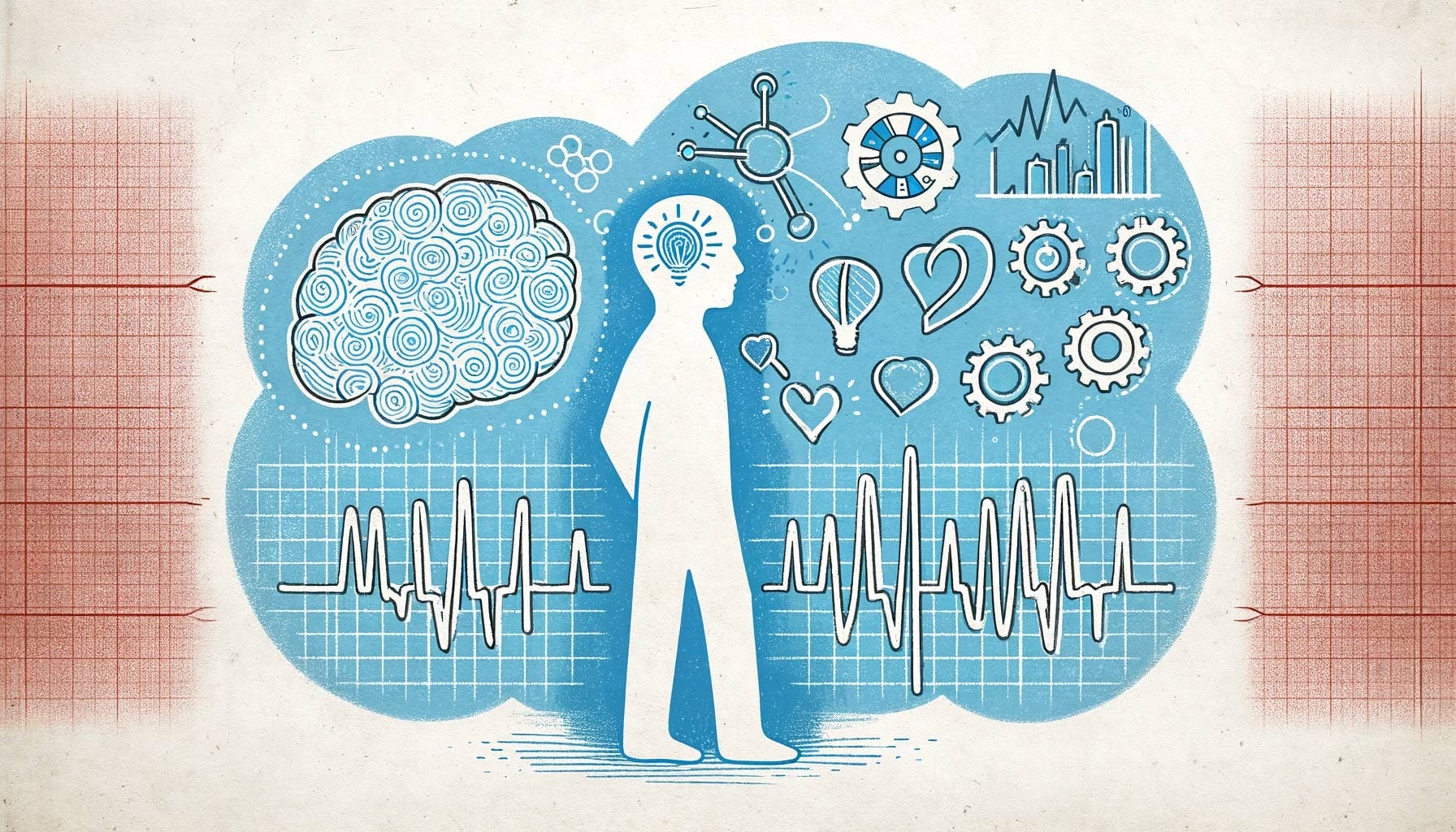
Advancements in wearable HRV technology are also opening new avenues for real-time, continuous monitoring of elderly individuals. This technology could revolutionize geriatric care, allowing for more proactive and personalized health interventions. By continuously tracking HRV, caregivers and healthcare providers can quickly respond to changes in an elderly person’s health status, potentially preventing acute health events.
Additionally, there is growing interest in exploring the interplay between HRV and other biomarkers of aging. This holistic approach could provide a more comprehensive view of an individual’s health, leading to more effective strategies for healthy aging.
Conclusion: Embracing HRV for Enhanced Geriatric Care
In conclusion, HRV emerges as a vital tool in geriatric research and care, offering valuable insights into the aging heart and autonomic nervous system. Its ease of measurement and depth of information make it an indispensable asset in understanding and addressing the health challenges associated with aging.
As we continue to harness the potential of HRV in geriatrics, it becomes clear that this simple yet powerful metric holds the key to optimizing health and well-being in our later years. HRV not only measures the physiological impact of aging but also guides interventions to enhance quality of life for the elderly.
You Might Also Be Interested
- 📚 Delve into our comprehensive HRV Article Collection for insightful perspectives on Heart Rate Variability (HRV).
- 🔍 Learn how the advanced features of Fibion Emfit & Fibion Vital can aid you in your HRV research.
- 📅 Planning an HRV measurement and analysis? For a chat with our HRV expert, book a session with Dr. Miriam Cabrita.
Frequently Asked Questions on This Topic
How does aging affect Heart Rate Variability (HRV)?
Aging leads to changes in HRV, reflecting alterations in the autonomic nervous system balance. A decline in HRV can signal reduced adaptability and increased health risks in older adults.
What is the significance of HRV as a biomarker in studying biological aging?
HRV is an important biomarker for biological aging, providing insights into the physiological age of the cardiovascular and autonomic systems. Lower HRV is often associated with advanced biological aging and related health issues.
How does HRV influence cardiovascular health in the elderly?
In elderly individuals, a decline in HRV can indicate reduced cardiovascular resilience and a higher risk of cardiac events. HRV is used to monitor the effectiveness of cardiovascular treatments and preventive measures in geriatric care.
What is the role of HRV in stress management and resilience among the elderly?
HRV provides a measure of stress resilience in older adults, indicating their capacity to handle stress. Higher HRV levels are linked to better health outcomes, emphasizing the importance of stress management in elderly care.
What are the future research directions for HRV in geriatrics?
Future research in geriatrics will likely explore the relationship between HRV and cognitive decline, the effectiveness of continuous HRV monitoring using wearable technology, and the integration of HRV with other biomarkers of aging.
How can HRV be utilized for enhanced care in geriatrics?
HRV can guide interventions to maintain health and quality of life in older adults, assist in the early detection of health deterioration, and support personalized care in managing cardiovascular and stress-related conditions.

